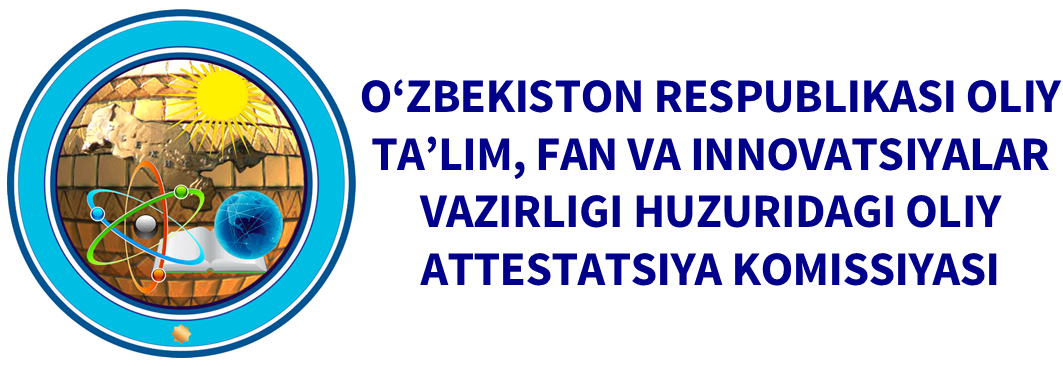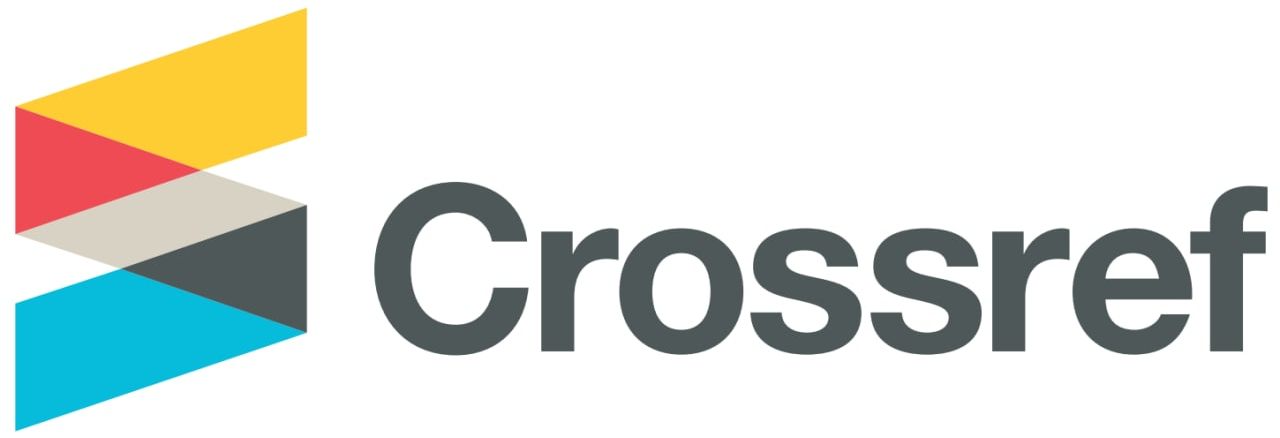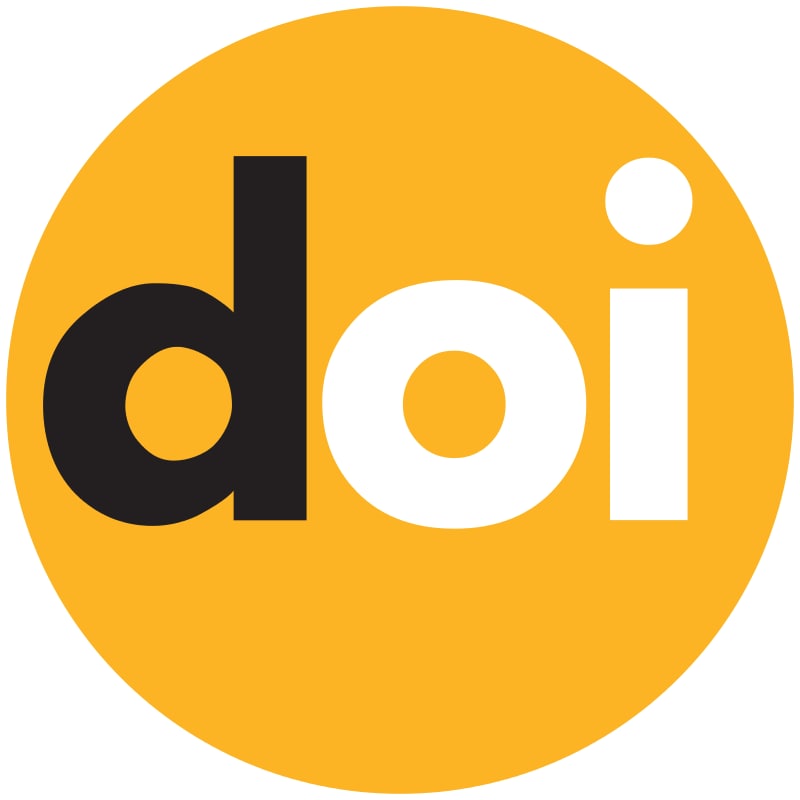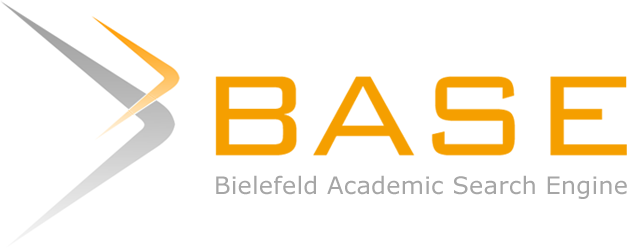ИЗ КЛАССА НА ИГРОВУЮ ПЛОЩАДКУ: ФИНАНСОВОЕ ОБРАЗОВАНИЕ ЧЕРЕЗ ИНТЕРАКТИВНЫЕ ИГРЫ
DOI:
https://doi.org/10.60078/3060-4842-2024-vol1-iss3-pp16-23Аннотация
В данной статье рассматривается разработка и внедрение интерактивных образовательных инструментов на основе игр, направленных на повышение финансовой грамотности среди школьников. Признавая трудности привлечения молодых учащихся к традиционным методам экономического образования, исследование фокусируется на интеграции игровых элементов в педагогику через цифровые и недигитальные игры, адаптированные к финансовым концепциям. В статье подчеркивается влияние геймификации на мотивацию учащихся и их понимание, опираясь на практические примеры и передовой опыт. Результаты демонстрируют эффективность игровых подходов в формировании практических финансовых навыков, развитии критического мышления и соединении теоретических знаний с реальными приложениями, предлагая трансформационный подход к финансовому образованию.
Ключевые слова:
финансовая грамотность обучение на основе игр образовательные игры вовлеченность учащихся геймификацияБиблиографические ссылки
Atkinson, A. and Messy, F.-A. (2012). Measuring Financial Literacy: Results of the OECD / International Network on Financial Education (INFE) Pilot Study. OECD Working Papers on Finance, Insurance and Private Pensions, No. 15. Paris: OECD Publishing. DOI: 10.1787/5k9csfs90fr4-en.
Baker, T., Dweck, A., and Helliwell, J. (2020). Teaching Financial Literacy in Schools: Challenges and Best Practices. London: Routledge.
Bongini, P., Trivellato, P., and Zenga, M. (2015). Financial Education and Financial Literacy in Developing Countries: The Case of Microfinance Clients. Journal of Business Economics, 85(3), pp. 1-23.
Charles Schwab Foundation. (2017). My Classroom Economy Program: Financial Literacy for Students. Available at: https://www.schwabmoneywise.com.
Clark, D., Tanner-Smith, E., and Killingsworth, S. (2016). Digital Games, Design, and Learning: A Systematic Review and Meta-Analysis. Review of Educational Research, 86(1), pp. 79-122.
Deterding, S., Dixon, D., Khaled, R. and Nacke, L. (2011). From Game Design Elements to Gamefulness: Defining "Gamification". Proceedings of the 15th International Academic MindTrek Conference, pp. 9–15. DOI: 10.1145/2181037.2181040.
Fargher, S., and Worthington, A. (2017). The Use of Board Games in Financial Education: A Comprehensive Review. Financial Education Research Journal, 3(2), pp. 45-60.
Friedline, T., and West, S. (2016). Young People’s Role in Financial Capability. Journal of Consumer Affairs, 50(1), pp. 1-23.
Grinstein-Weiss, M., Russell, B., and Tucker, A. (2015). Interactive Learning and Financial Capability: Evidence from Field Studies. American Economic Review, 105(5), pp. 115-119.
Hamari, J., Koivisto, J., and Sarsa, H. (2014). Does Gamification Work? A Literature Review of Empirical Studies on Gamification. Proceedings of the 47th Hawaii International Conference on System Sciences (HICSS), pp. 3025-3034. DOI: 10.1109/HICSS.2014.377.
Kapp, K. M. (2012). The Gamification of Learning and Instruction: Game-based Methods and Strategies for Training and Education. San Francisco: Pfeiffer.
Kolb, D. A. (1984). Experiential Learning: Experience as the Source of Learning and Development. Englewood Cliffs, NJ: Prentice-Hall.
Lusardi, A. and Mitchell, O. S. (2014). The Economic Importance of Financial Literacy: Theory and Evidence. Journal of Economic Literature, 52(1), pp. 5-44. DOI: 10.1257/jel.52.1.5.
Mandell, L. (2008). The Financial Literacy of Young American Adults. Journal of Financial Counseling and Planning, 19(2), pp. 1-16.
McCoy, J., and Mavunga, P. (2018). Engaging Young Learners in Financial Education: The Money Matters Game. Educational Innovations, 5(3), pp. 87-102.
Ng, K. (2020). Financial Literacy Education in Singapore: Strategies and Outcomes. Asian Education Review, 28(3), pp. 231-250.
OECD (2015). OECD/INFE Toolkit for Measuring Financial Literacy and Financial Inclusion. Paris: OECD Publishing. Available at: https://www.oecd.org.
Remund, D. L. (2010). Financial Literacy Explicated: The Case for a Clearer Definition in an Increasingly Complex Economy. The Journal of Consumer Affairs, 44(2), pp. 276-295.
Susaeta, A., Martínez, M., and Blanco, P. (2020). Hybrid Approaches to Financial Literacy: Combining Digital and Analog Tools. Education and Economics Review, 7(1), pp. 23-41.
World Bank. (2013). Improving Financial Literacy: Analysis of Issues and Policies. Washington, DC: World Bank Publications.
Wuttke, J., and Seiffert-Brockmann, J. (2021). Enhancing Financial Literacy through Gamification: Insights from Germany. European Journal of Financial Education, 14(2), pp. 45-68.







